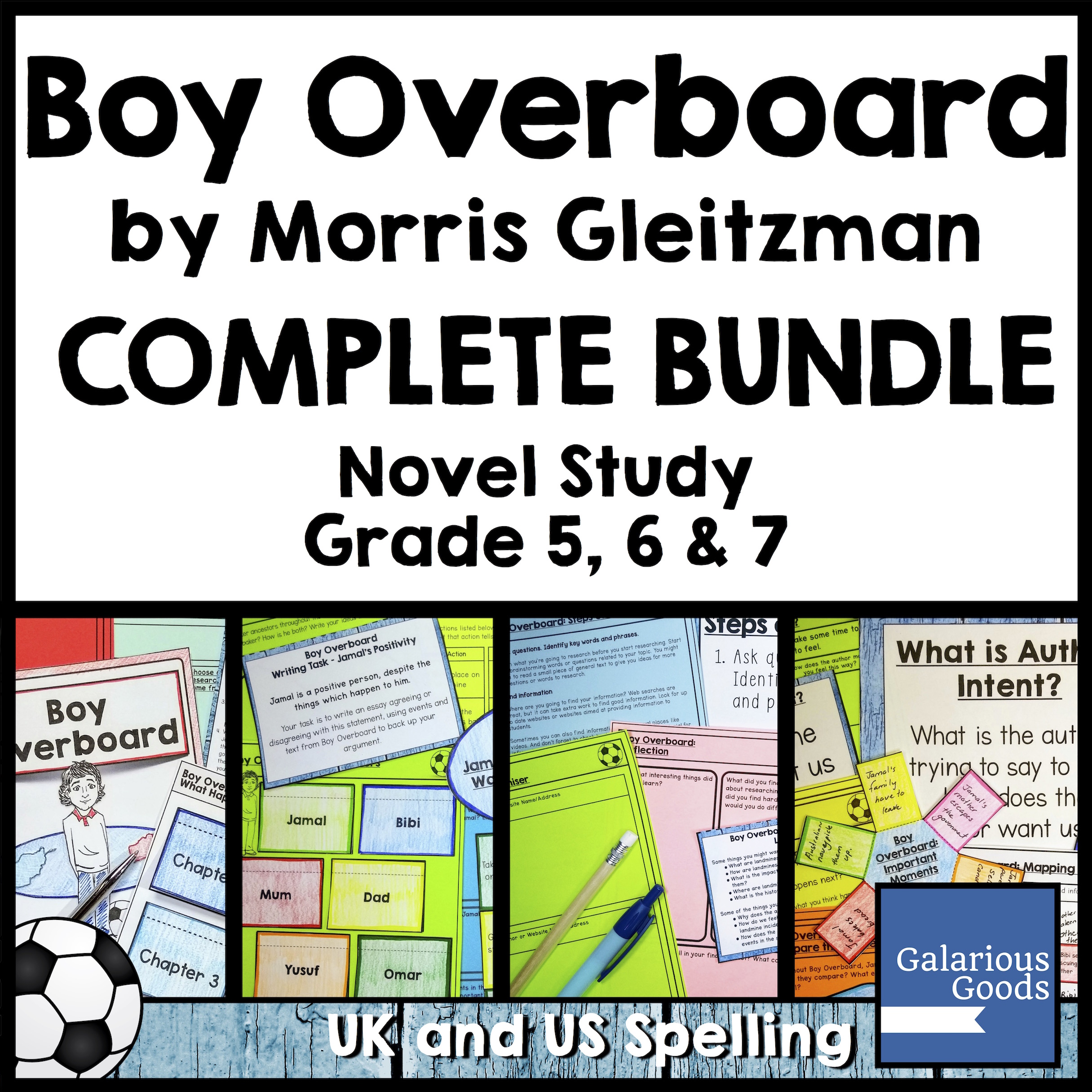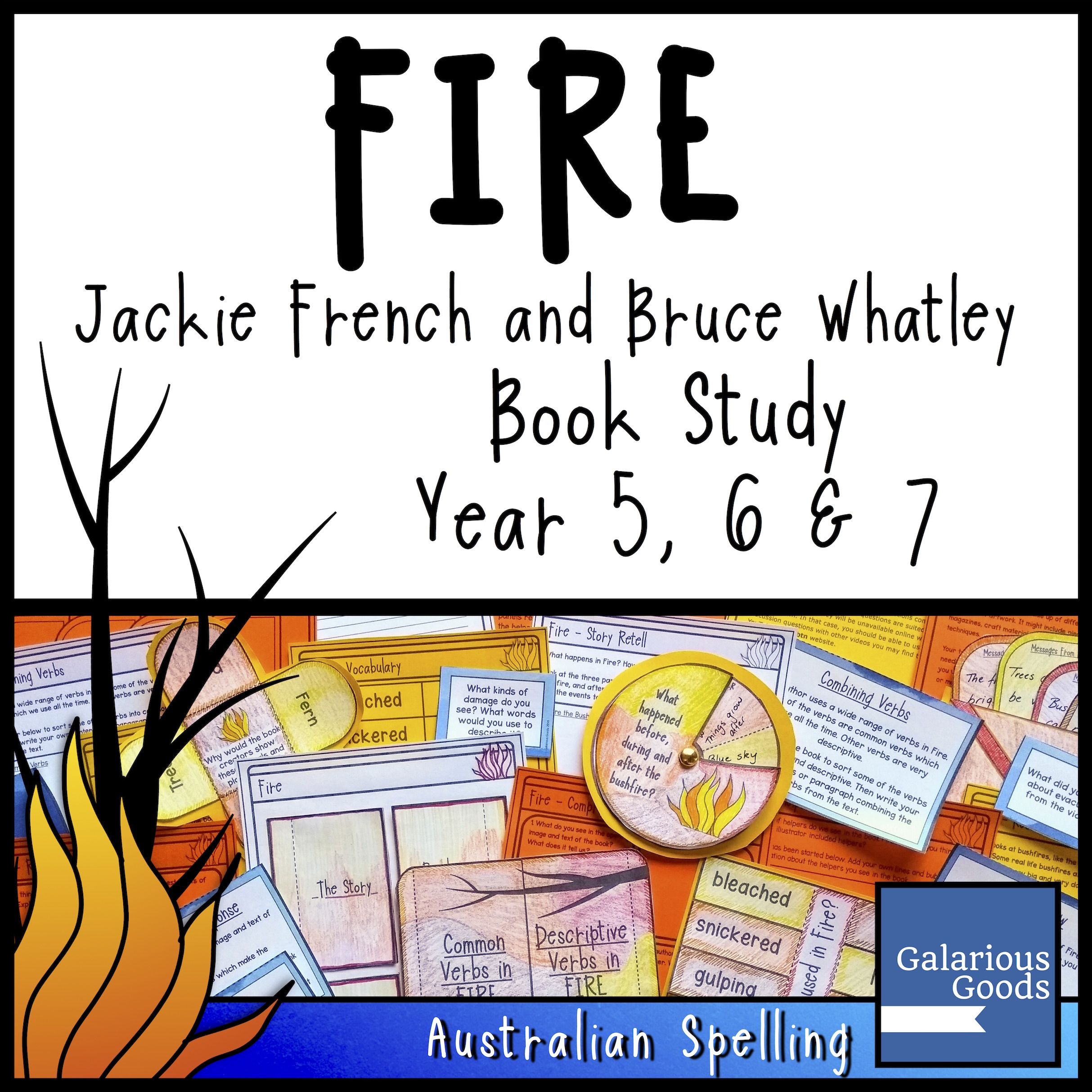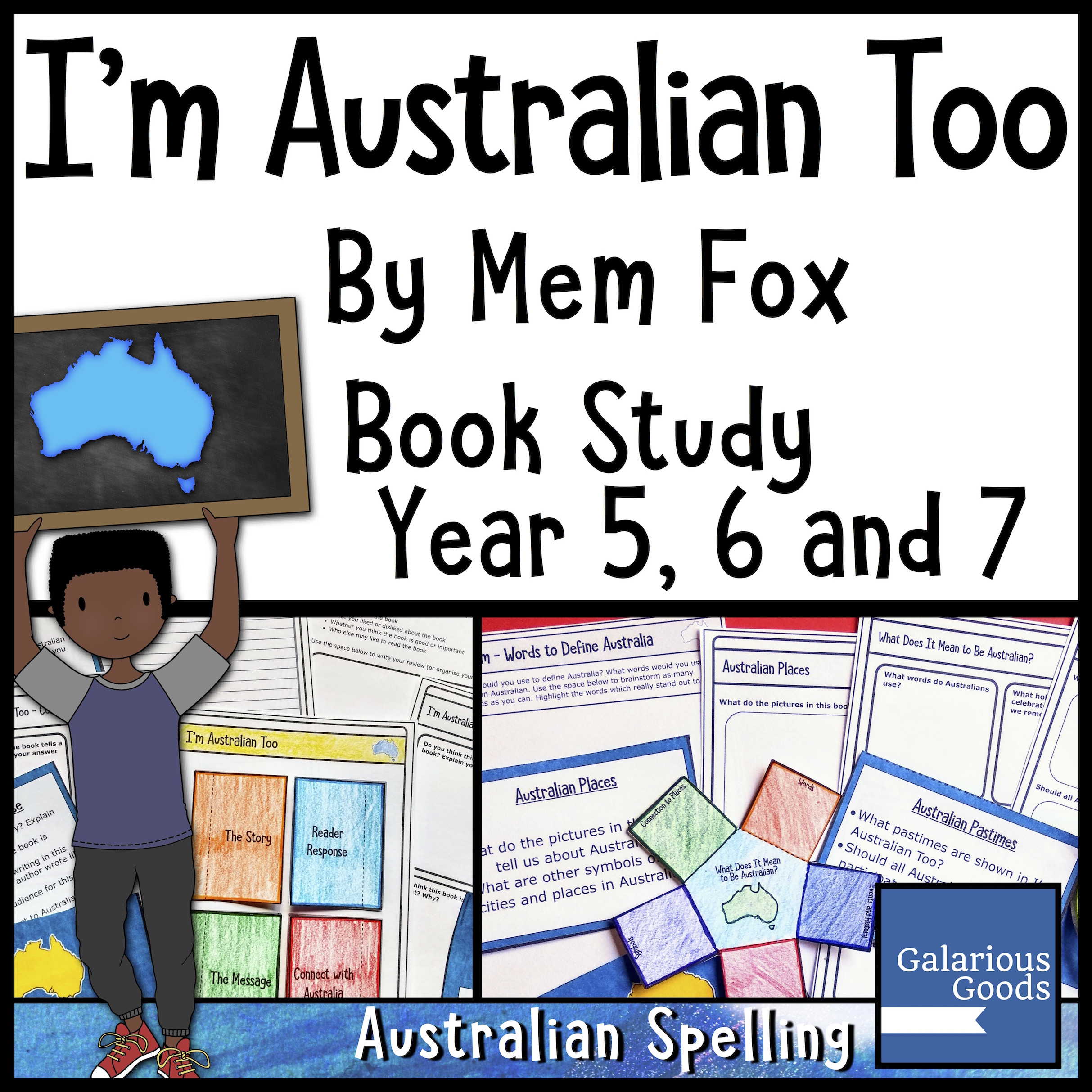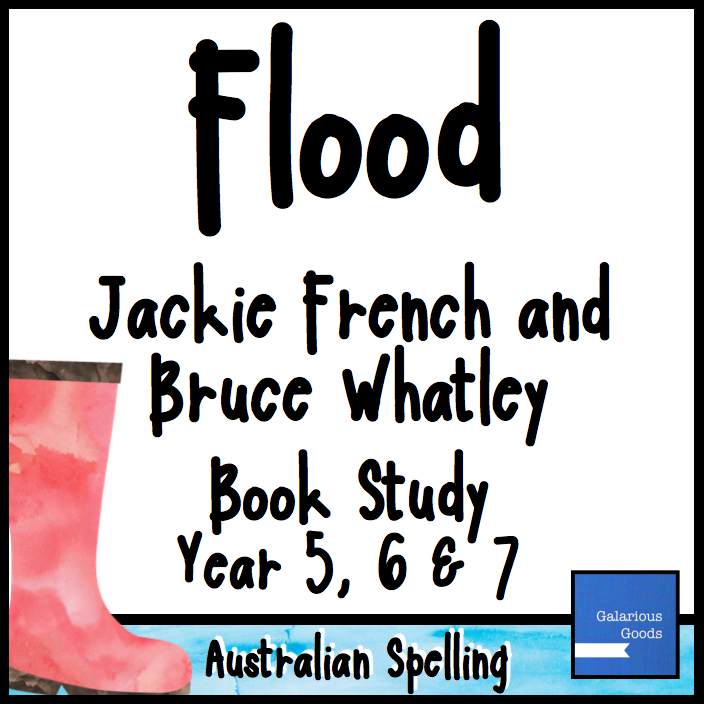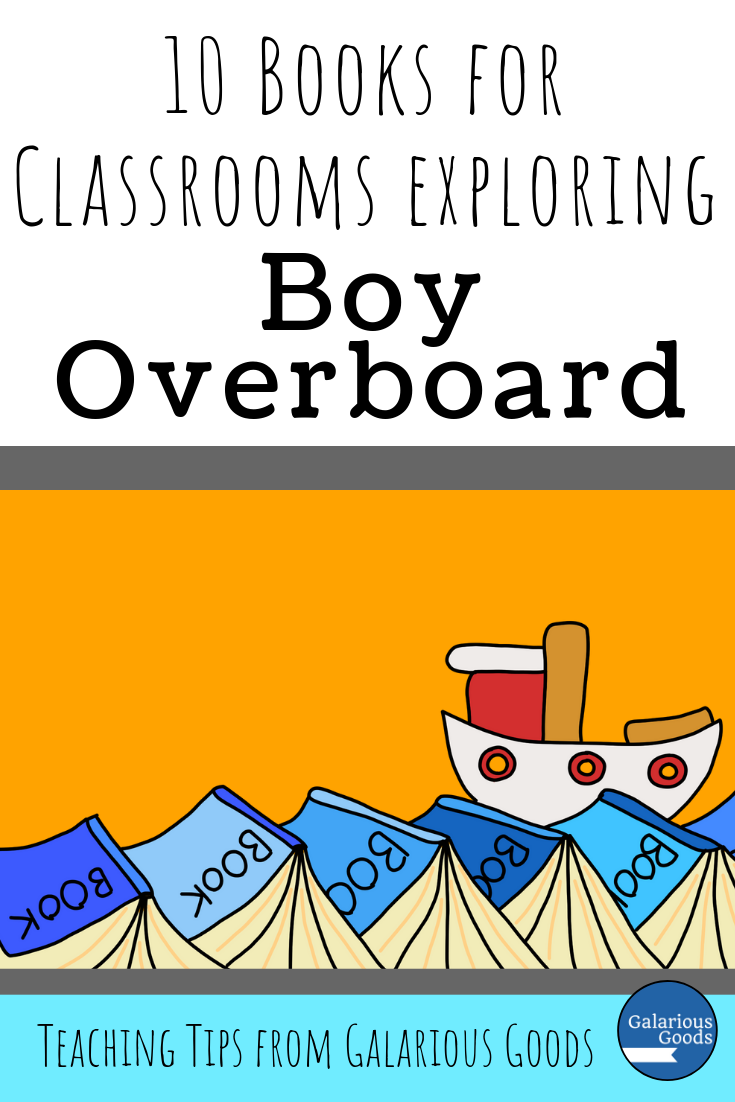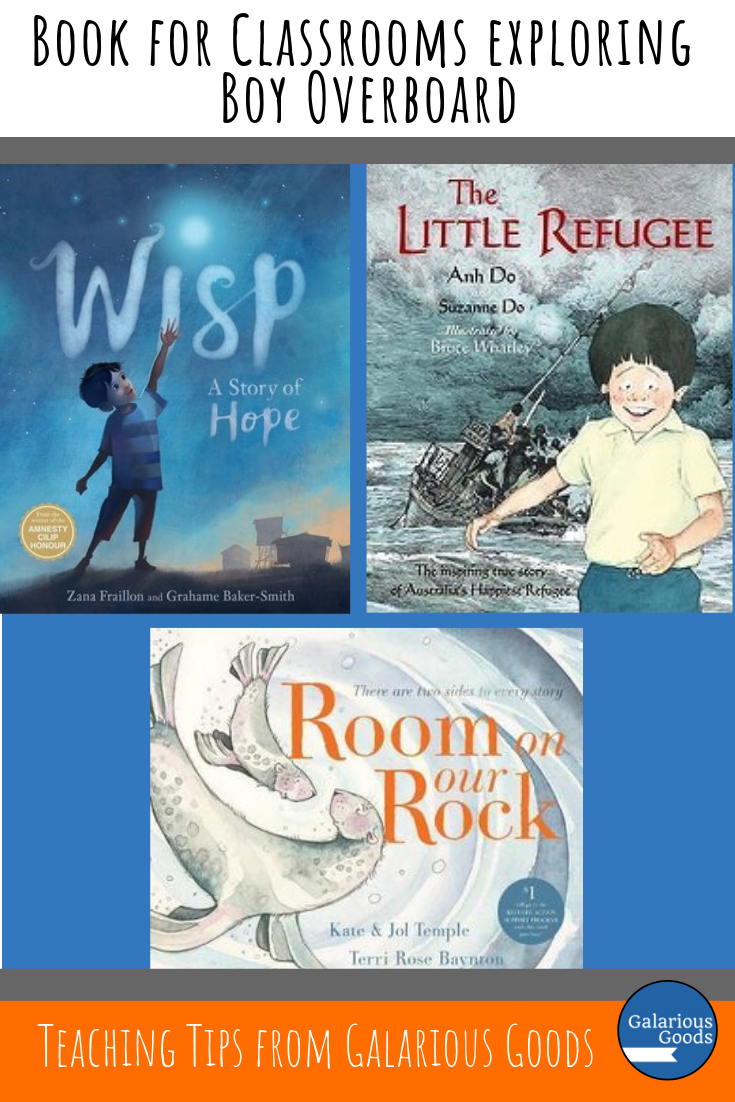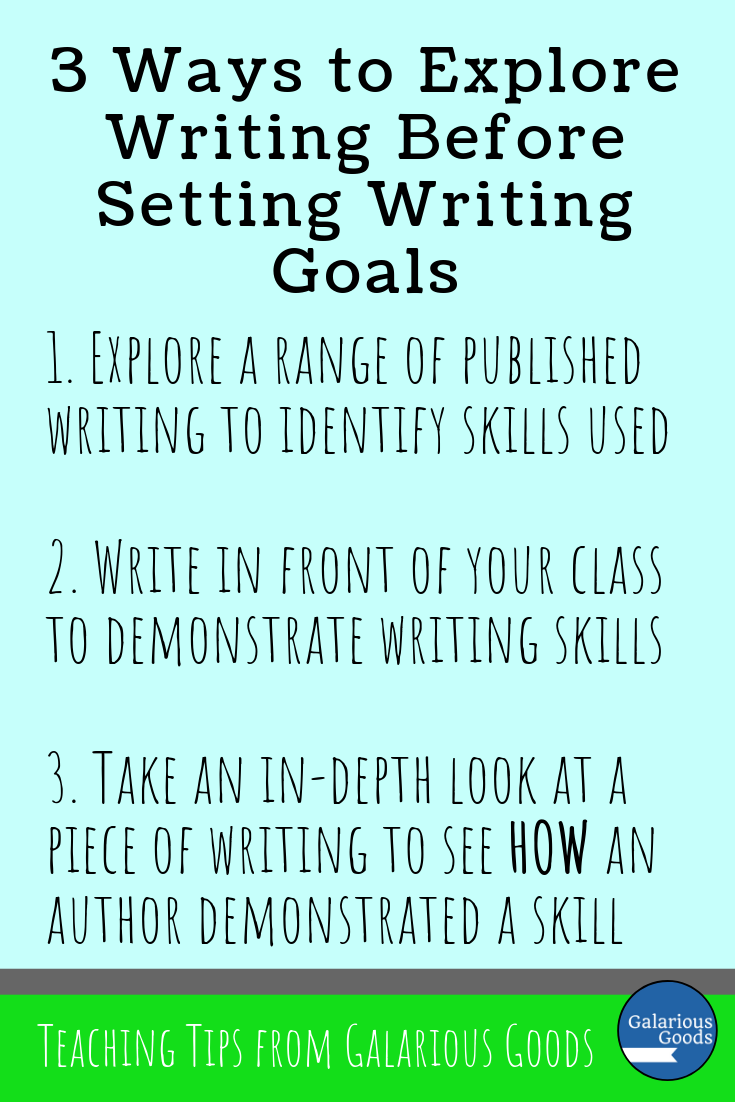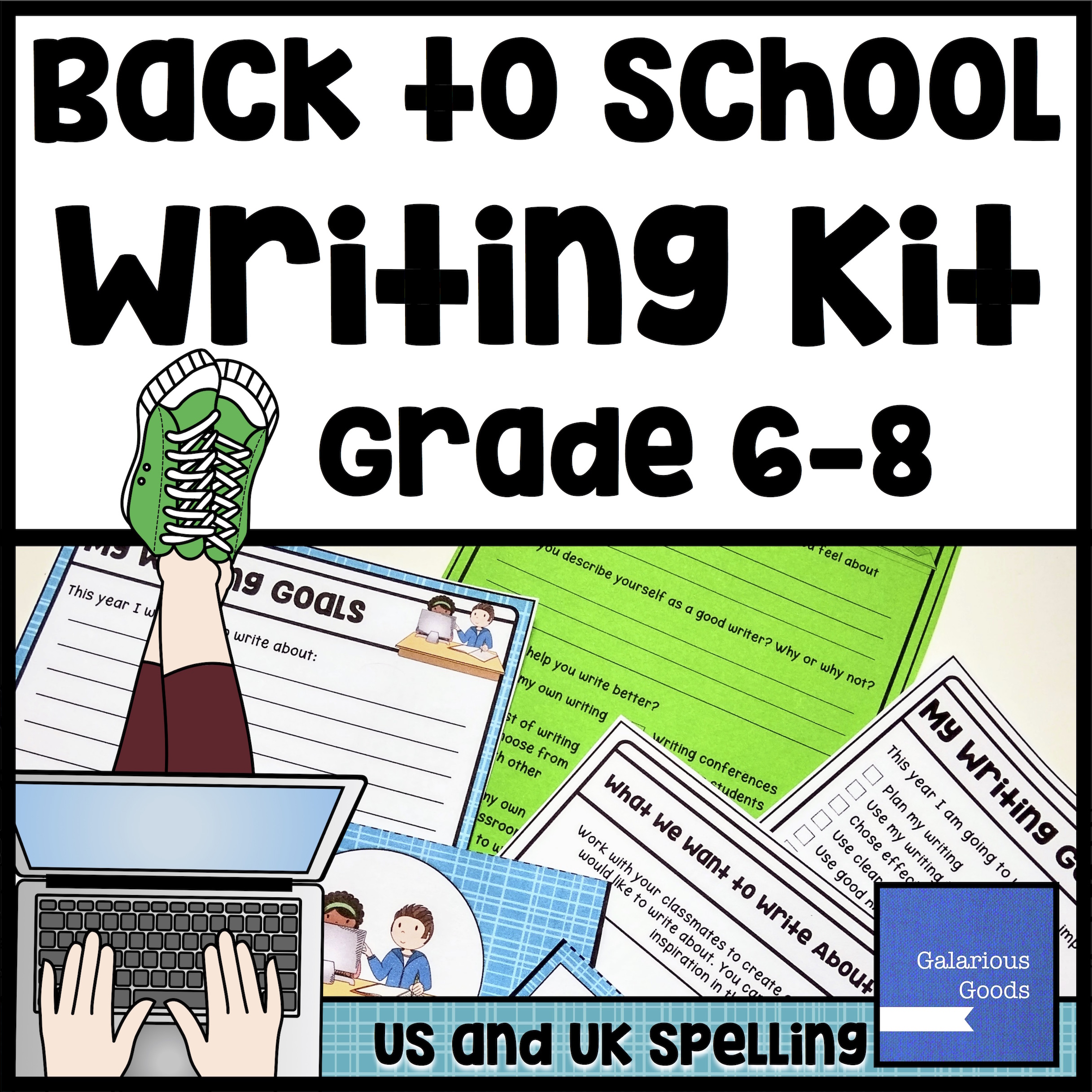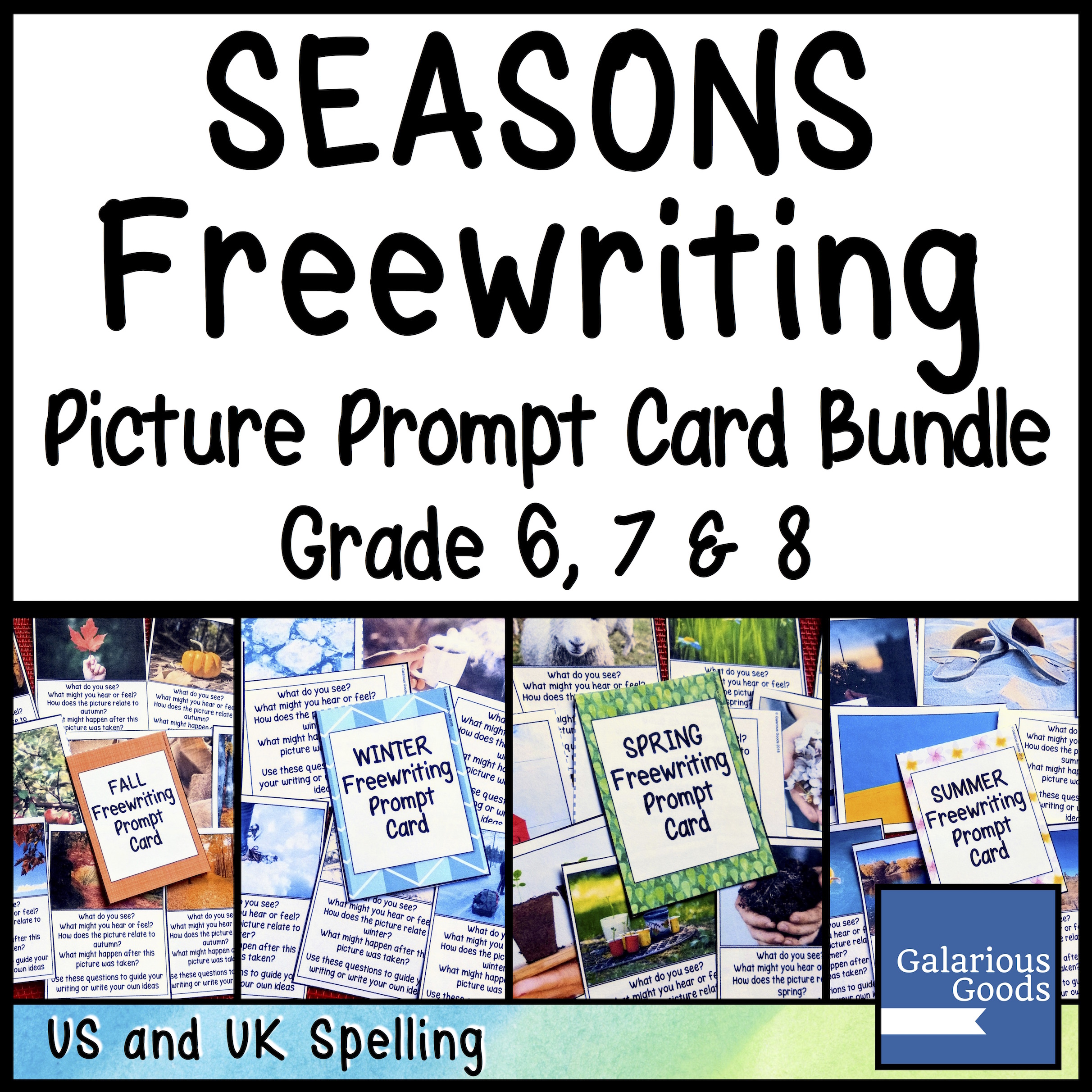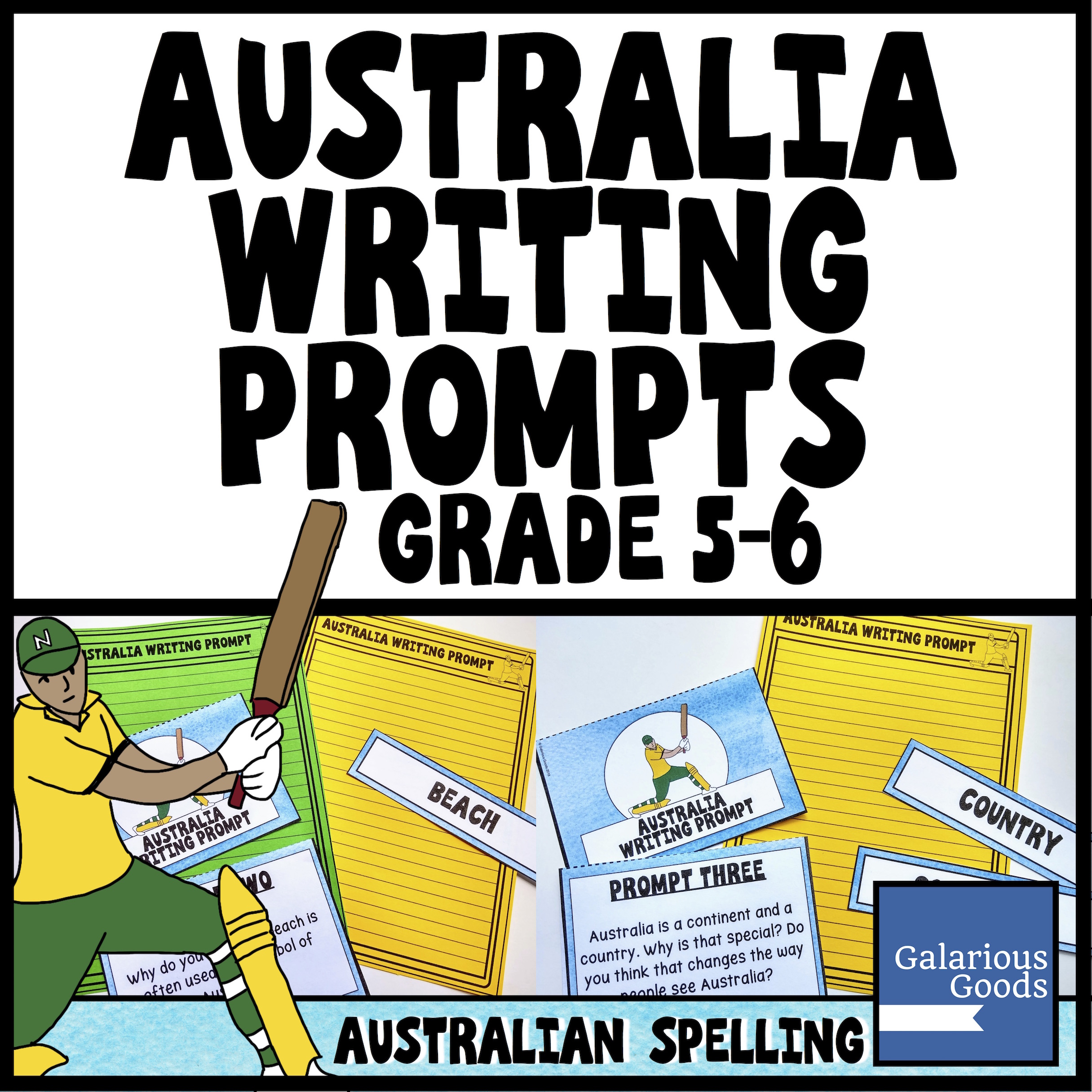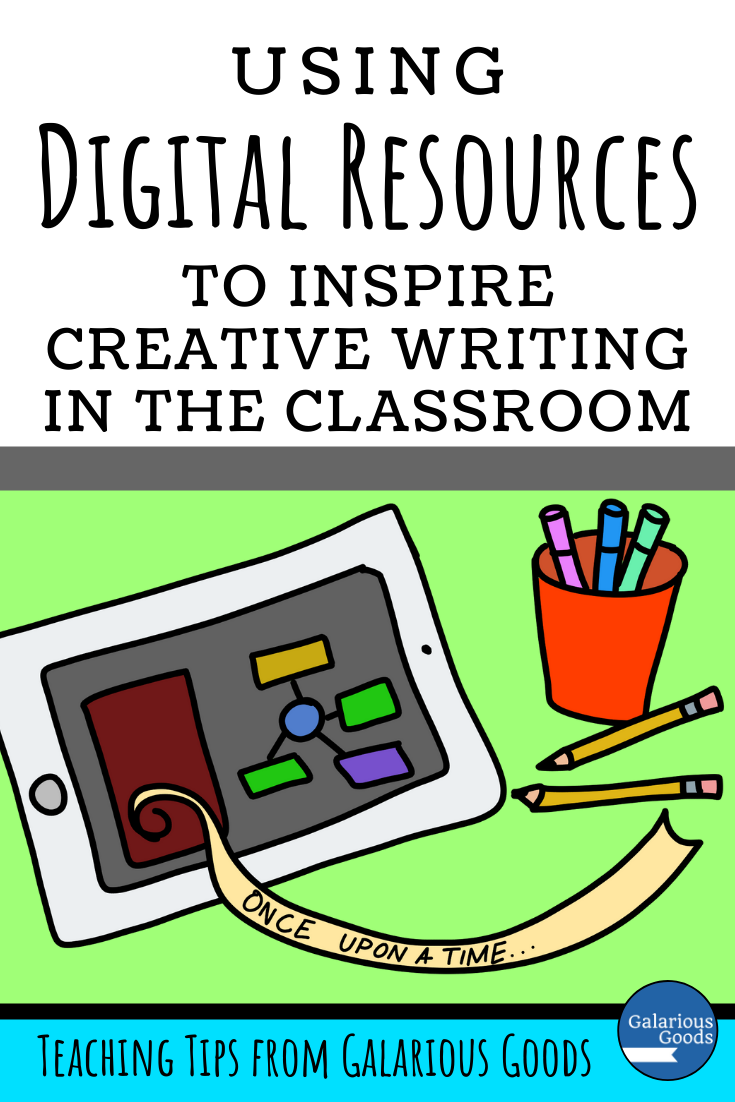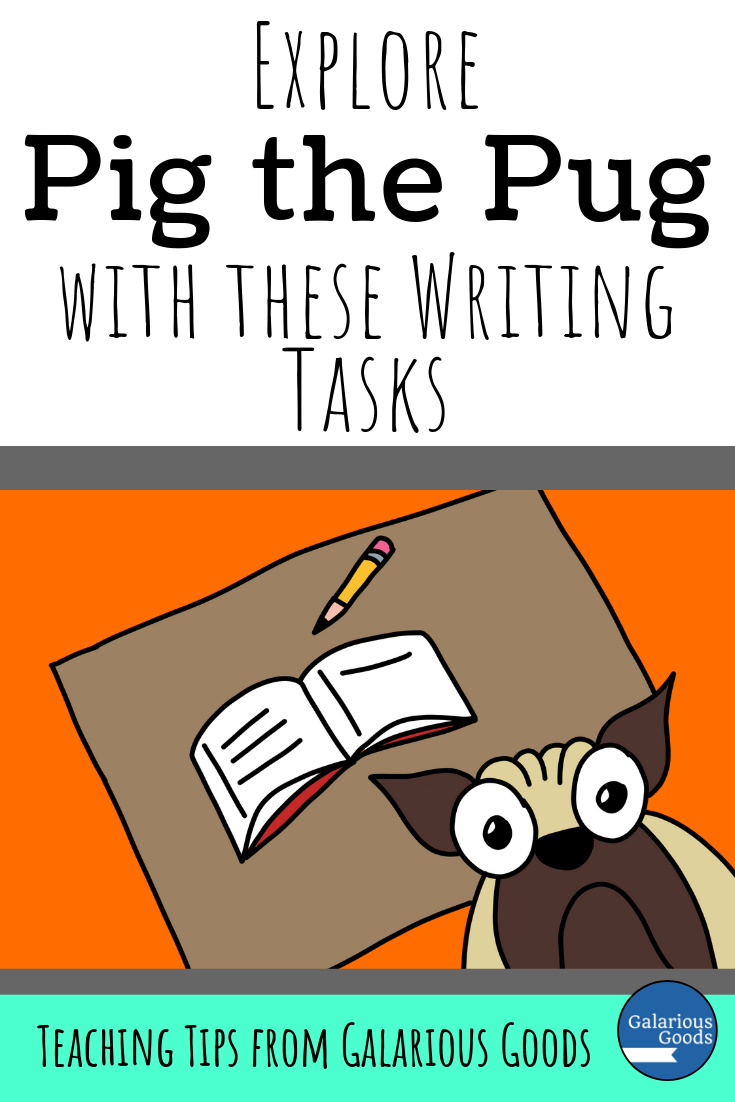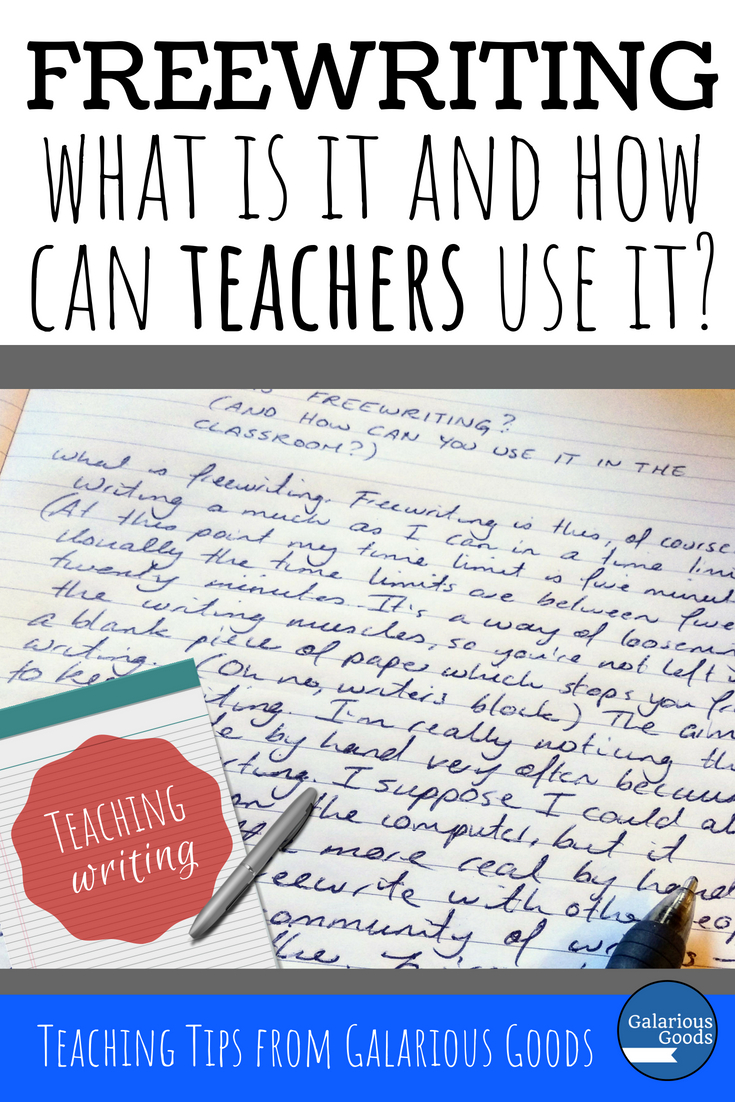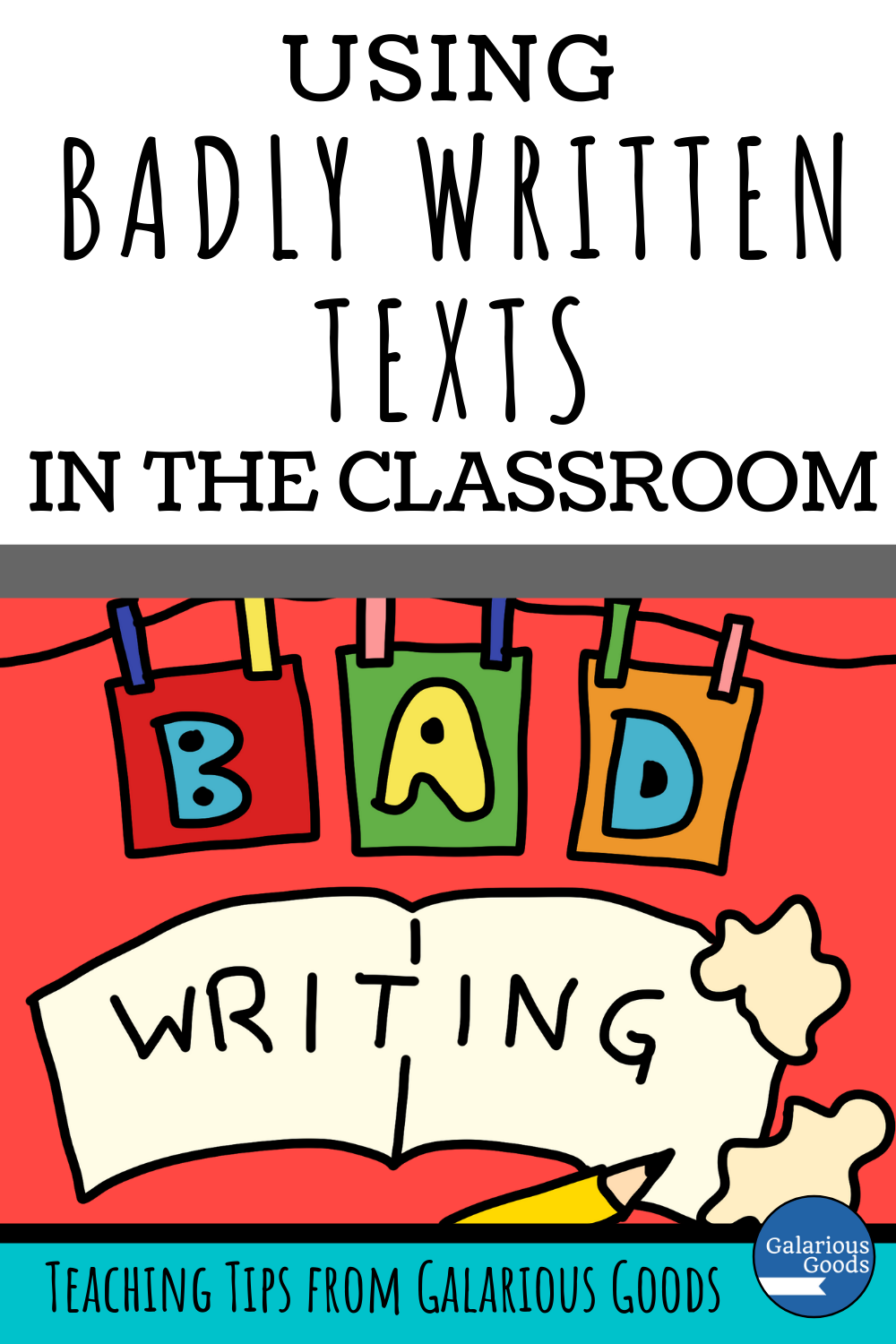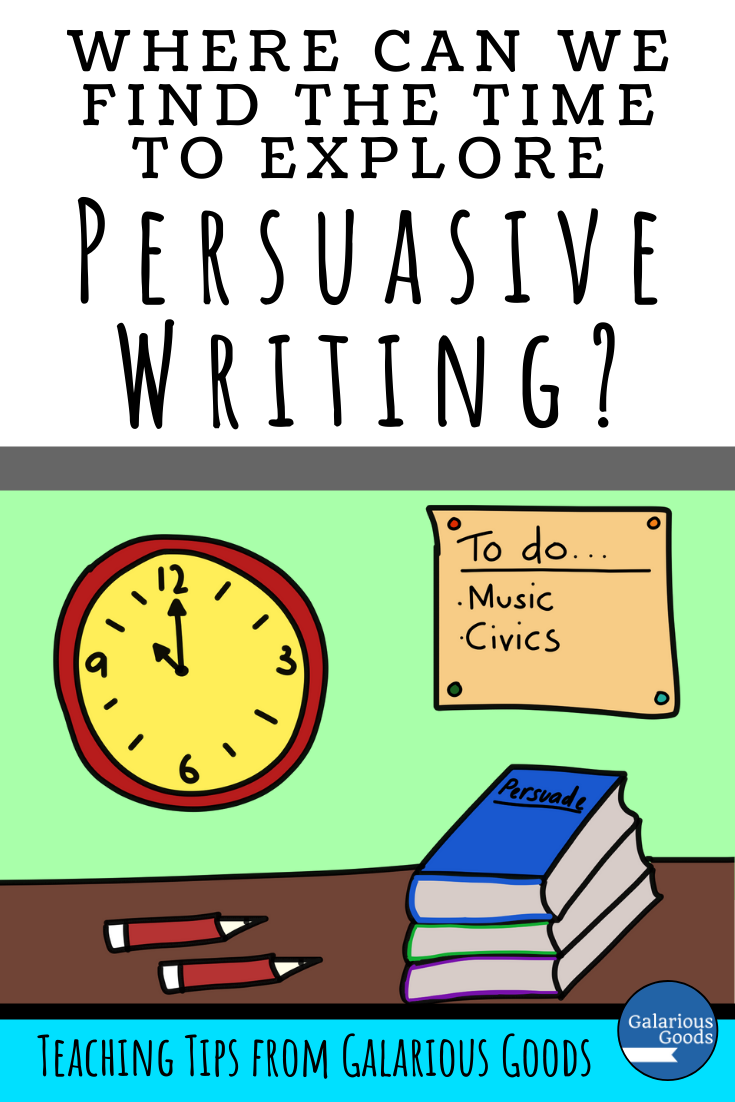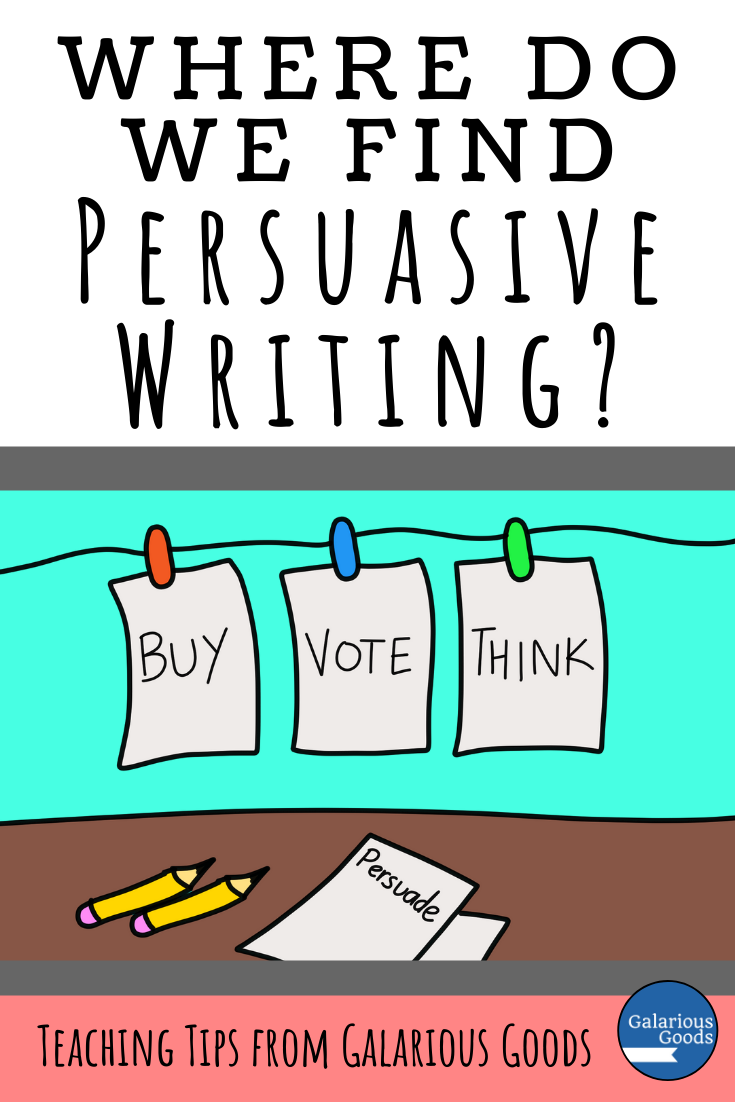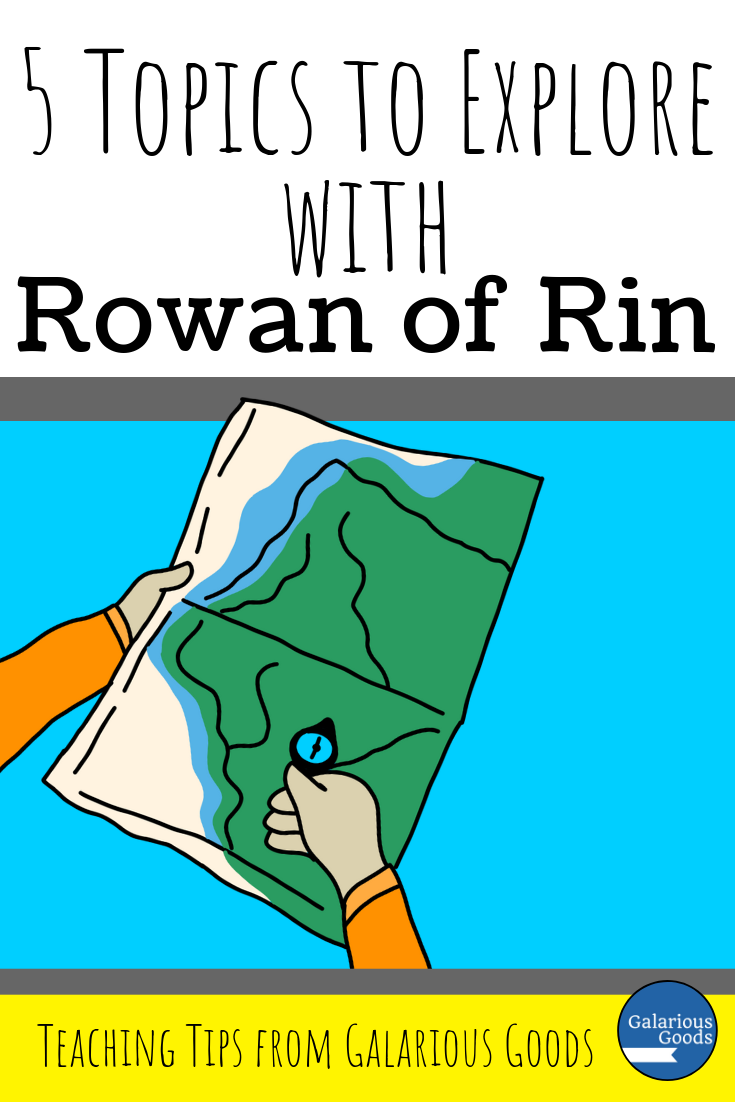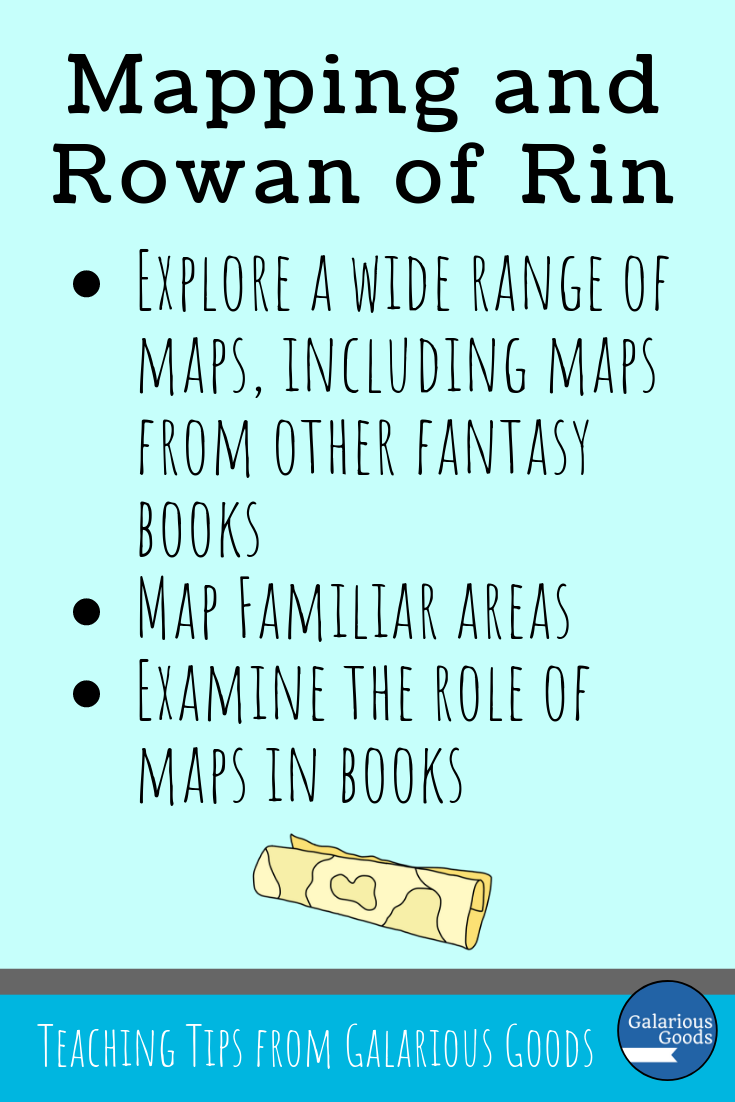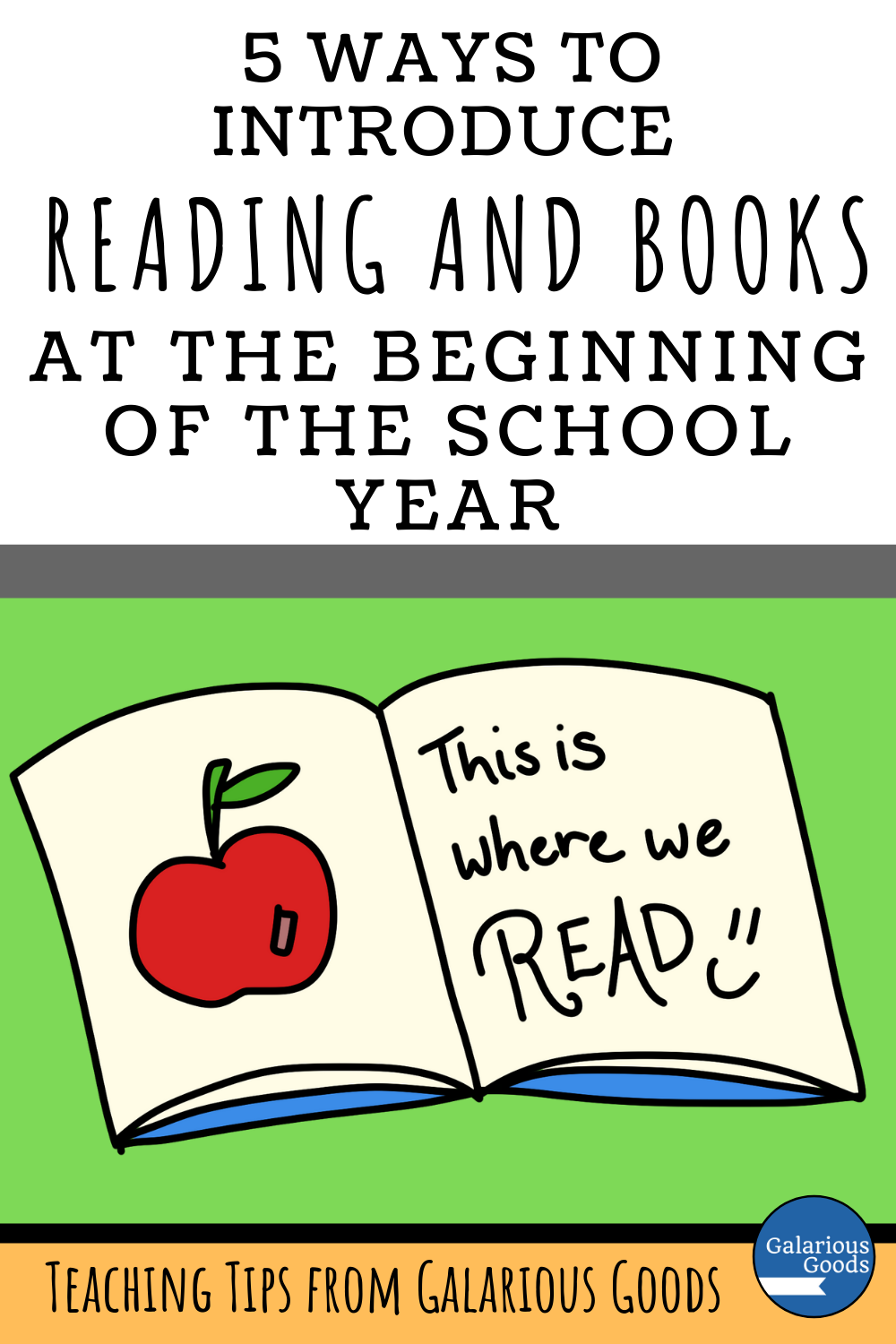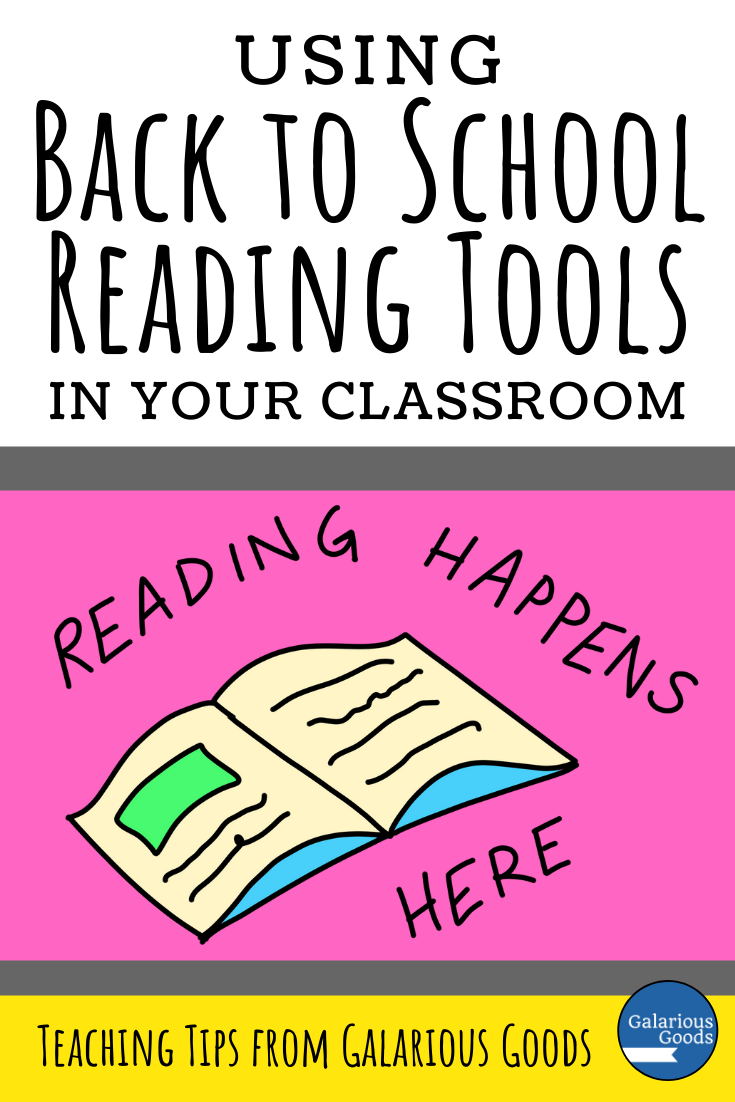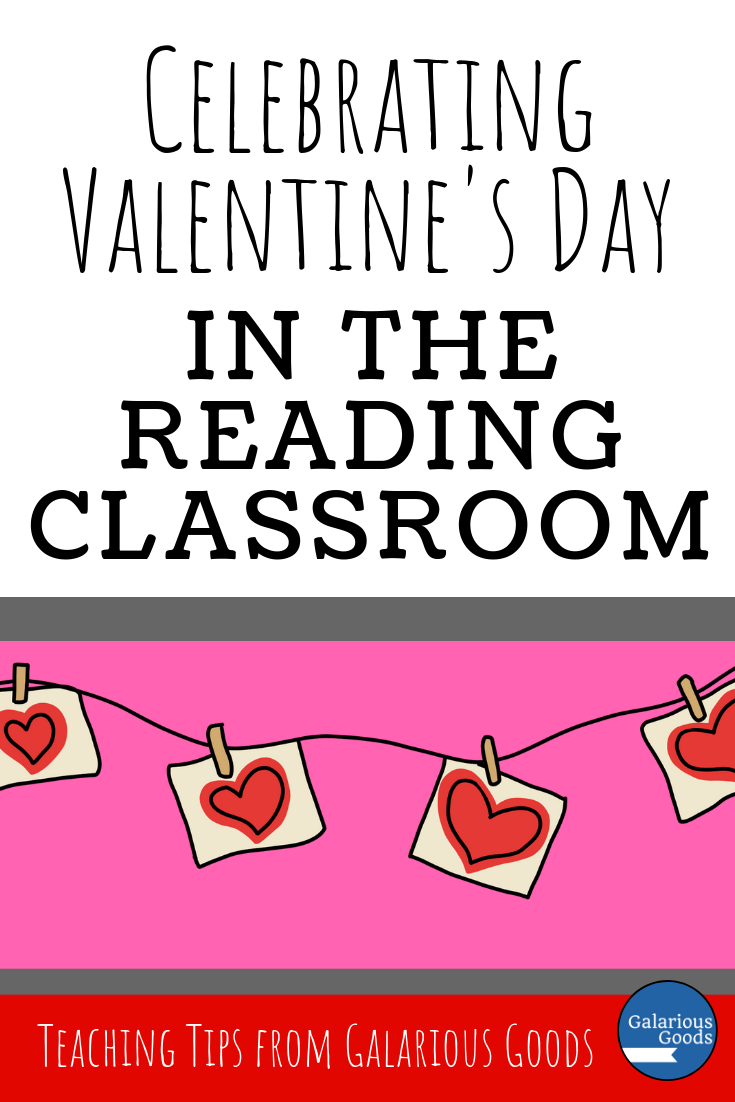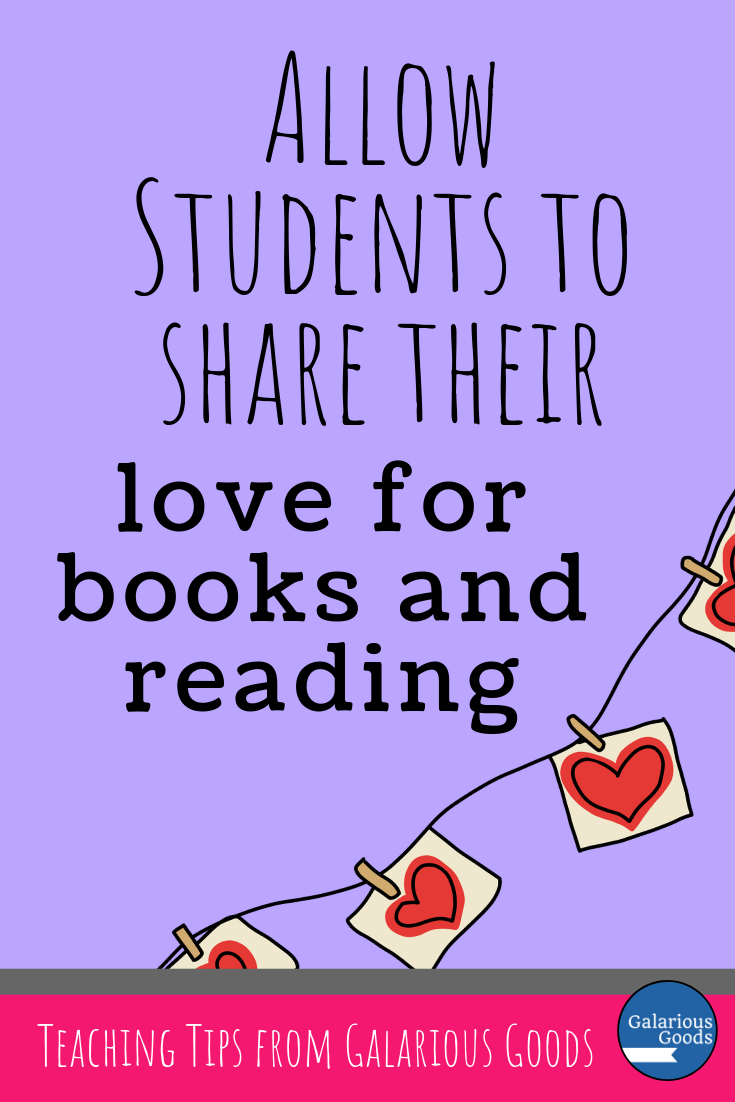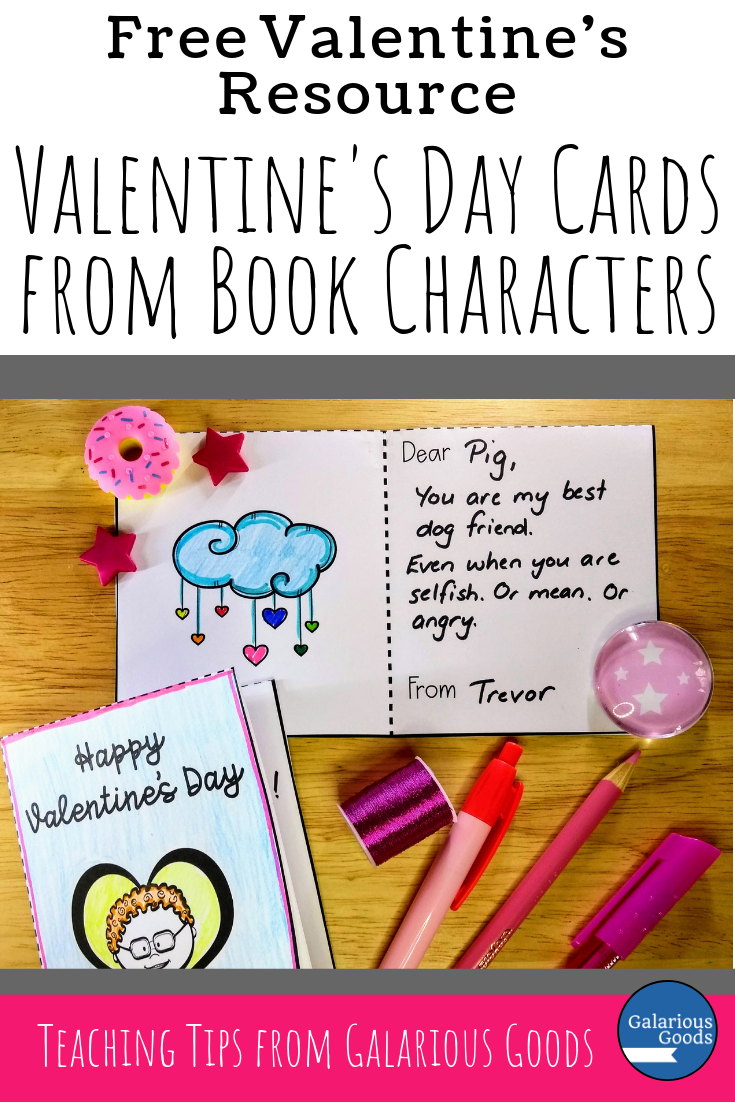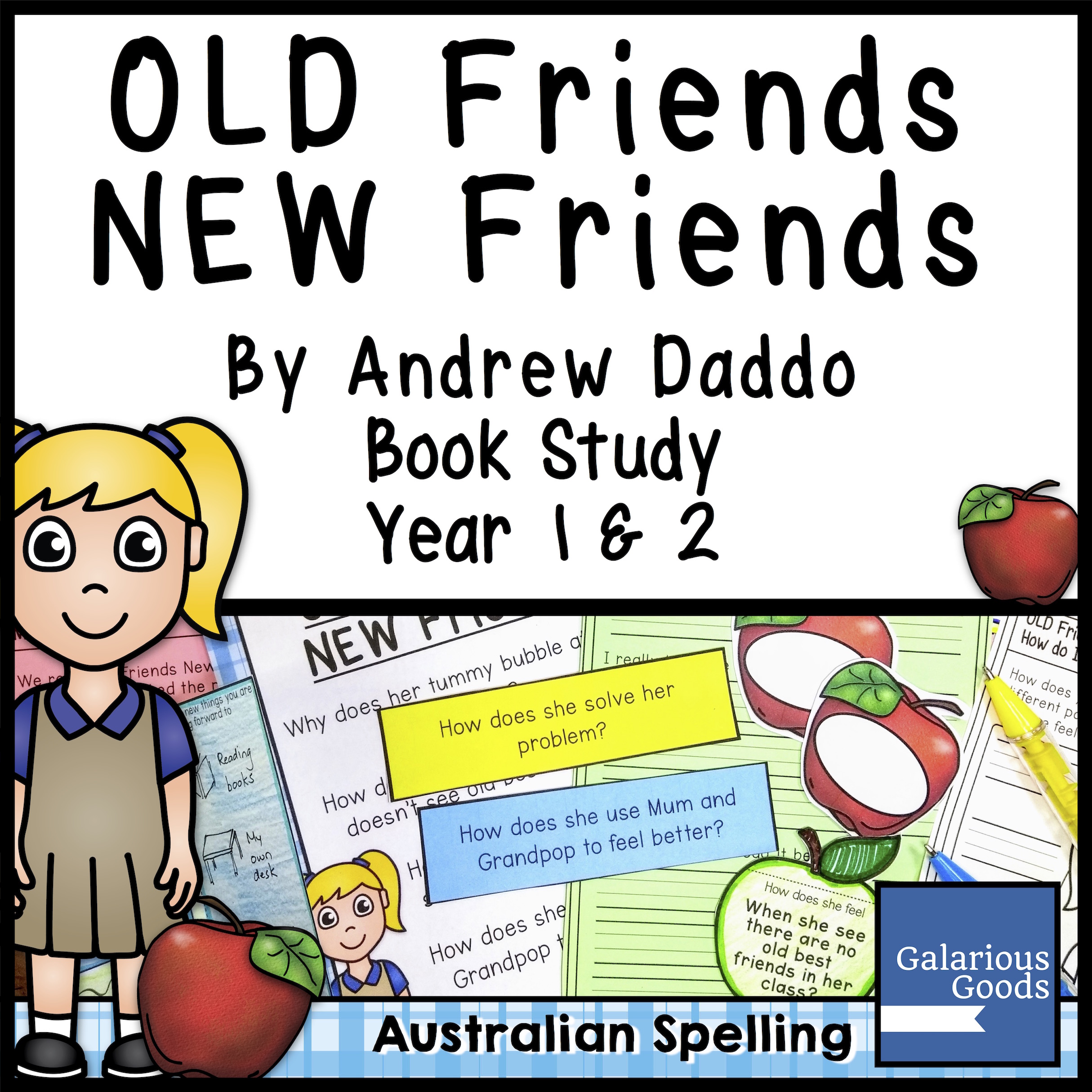The What Would You Take? Project - A Hands On Classroom Activity
/What would you take with you if you had to leave your house immediately?
The ‘what would you take’ project is a fairly common one in schools, allowing students to develop empathy for book characters and real life situations and to create connections. But where can you use it effectively? And how can you extend this project?
At the end of Year 8, my local area was impacted by a range of bushfires. Thick smoke filled the air and buses came to take students home so parents could make evacuation decisions.
My best friend at the time lived away from our rural area. My parents and her parents made the decision that I would go home with her. I would be safe and one less person for my parents to worry about if they needed to evacuate. But I’ll never forget the phone call I had with my mother: “what do you want me to take if we have to leave?”
I was surprised by how quick my answer was. “My pointe shoes.” I’d only been dancing on pointe for a year, but we’d bought the shoes during a once in a lifetime trip to the USA and they were dancing and that trip all in one. I didn’t want to lose them.
Thankfully, my parents weren’t required to evacuate and the fire was stopped before it hit the town. But it’s a moment I’ve often come back to when reading books where characters have to leave suddenly.
**
In Boy Overboard by Morris Gleitzman, Jamal and his family have an incredibly short time to pack their lives up. They know they need clothes, they know they need things of value to trade, and they need things of value to them like Jamal’s soccer ball.
When we read novels and picture books where this occurs, we often ask students to reflect on what they would take if they were starting a new life somewhere else. We might extend that and ask them to fill a shoebox or a backpack with their chosen items, or items which represent what they would take. We ask students to reflect on what is important to them and what that says about our priorities - and what is important to the characters and what that tells us about them.
This project can be used when reading books about refugees, but can also be used when we talk about natural disasters or historical events where people have left their home with minimal time or space to take everything they want.
(It is important, though, to approach this with sensitivity, as there is a likelihood that some of your students may have been through this. Check in with your students and their feelings around it and be prepared to change the project if you need to. Students may also be unable to bring in some valuable items, so should be allowed to bring in photographs, drawings or a written piece to represent items if they would like to.)
How to Extend the What Would You Take Project
Write About It
The easiest way to extend this project is simply to write about it. Students can write about what they have chosen, and practice description skills by describing them. They can draw the items they have chosen and highlight why they have chosen those items. They can also write a longer piece when they reflect on what they would or wouldn’t bring, why they make those choices and what it says about them and what they are interested in.
A Museum
Students can use their items to create a museum display of what they have chosen. They can combine their items with written labels and information cards to create a display which they can then share with other classes and parents.
Students can also take photographs of their chosen items and create a ‘virtual’ display using a slide show program. Students can explore using hyperlinks or in-page links to connect one page to another or create a slideshow which viewers look through. These can also be turned into a printed book which can be added to student portfolios or sent home with the student.
Apply to Characters
As well as creating their own ‘what would I take’ project, students can think about what characters might take with them if they had to leave suddenly. This can easily be applied to novels or picture books with strong characters and students can write, draw or create their own ‘what would you take’ boxes for these characters. By doing this, students think deeper about what characters want and what defines them.
The What Would You Take project is a great way for students to consider items which are important to us and others and to reflect on what it would be like to have to choose these quickly and to consider limited space. If undertaken thoughtfully, it’s the perfect accompaniment to many book studies and history topics in the classroom.




